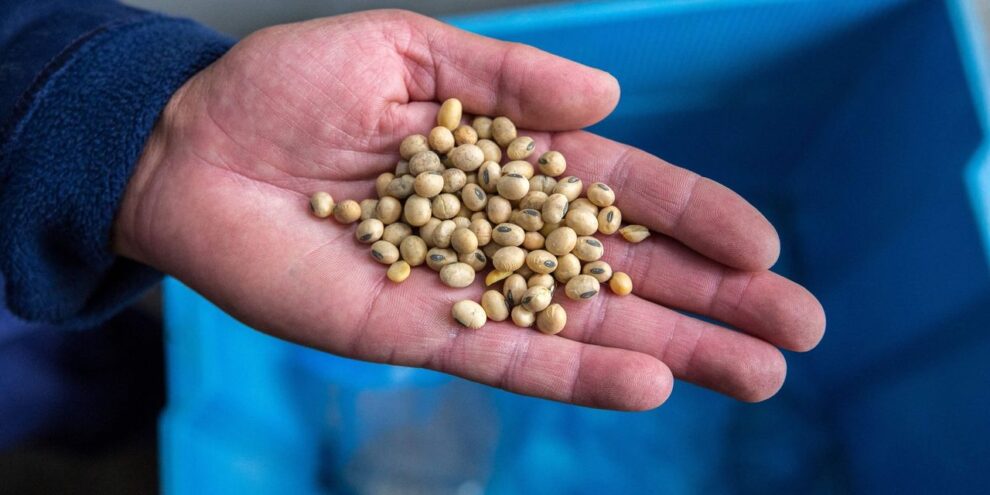
Soybean futures rose sharply on Tuesday to top $15 a bushel for the first time since June of last year, as drought conditions in southern Brazil led to lower production estimates for the country, which is among the commodity’s top producers.
“Soybeans bulls are enjoying a perfect storm at the moment,” said Sal Gilbertie, president and chief investment officer at Teucrium Trading. “The near-term increase in global demand for soybeans is facing a simultaneous decrease in expected supply due to weather disruptions in South America.”
The most recent round of private estimates for South American production show “another downward revision of soybean production due to bad weather in Southern Brazil,” he told MarketWatch. Some private estimates are now approaching sub-120 million metric tons of soybean production, compared with last year’s 138 million metric tons, he said.
In a report released on Jan. 12, the U.S. Department of Agriculture estimated Brazil’s soybean production for 2021/2022 marketing year at a 139 million metric tons, down 5 million metric tons from last month’s estimate.
The USDA also lowered the soybean yield estimate for Brazil by 3% to 3.44 tons per hectare, citing “historic dry conditions during November and December during critical reproductive crop states in the southern state of Paraná,” in southern Brazil.
“Also, the soybean crush is very profitable right now, led by high soybean oil prices, which, along with recent soybean purchases in U.S. markets by China, is keeping the demand for soybean quite robust,” said Gilbertie. The soybean crush is described by the CME Group CME, +0.35% as the crushing process which leads to the production of soybean oil and soybean meal.
Current high soybean oil prices are creating more demand for soybeans, which are used to produce the soybean oil, said Gilbertie.
The most-active March soybean futures contract SH22, +3.09% S00, +3.09% climbed 36 cents, or 2.4%, to $15.26 ½ a bushel in Tuesday dealings. A settlement around this level would be the highest for a most-active contract since June 10, FactSet data show.





